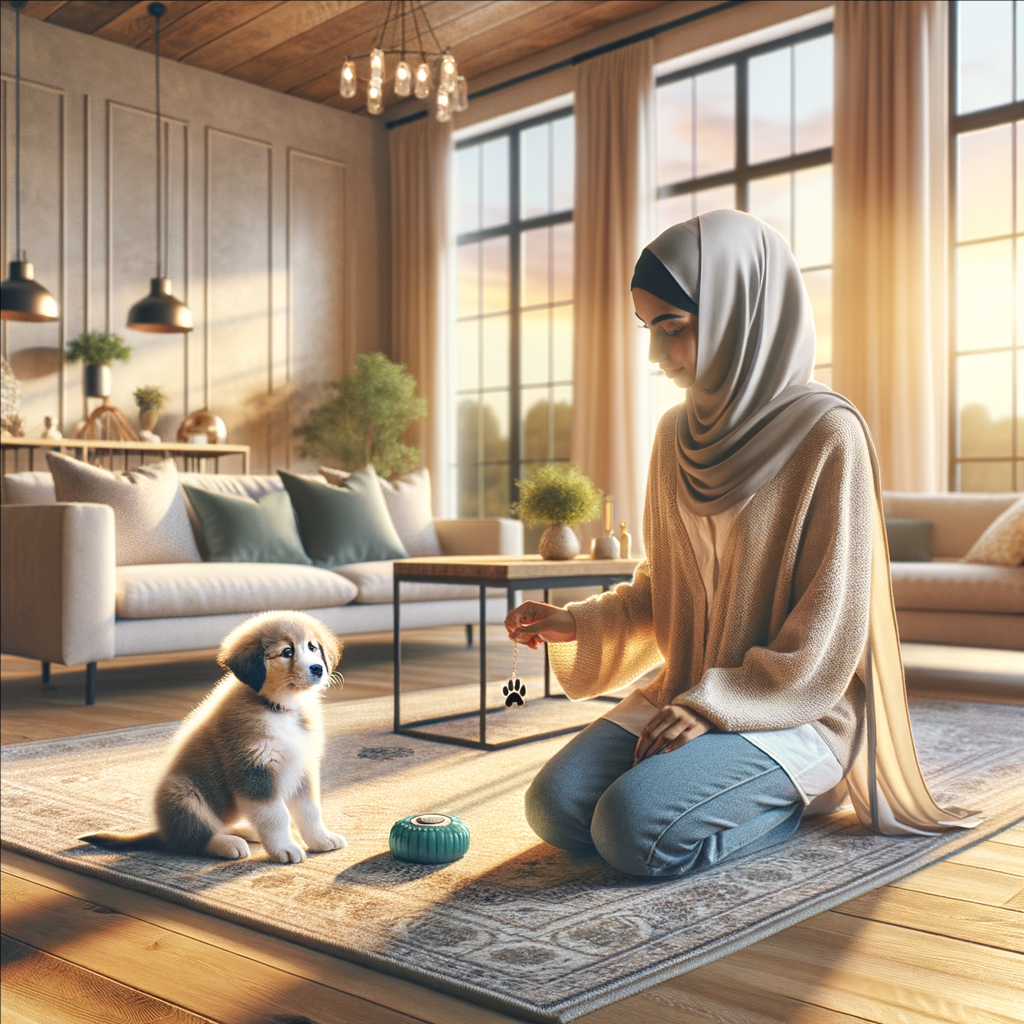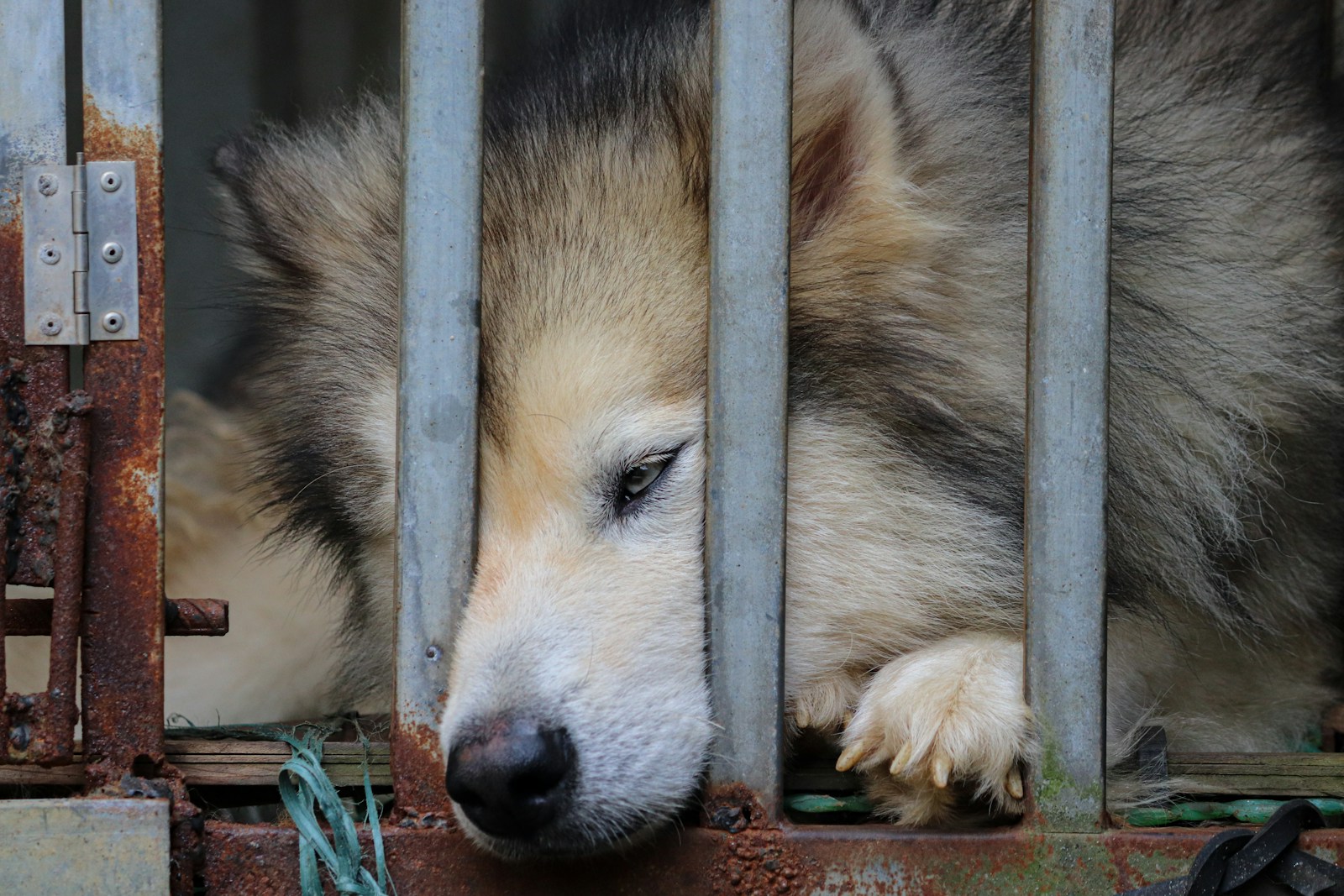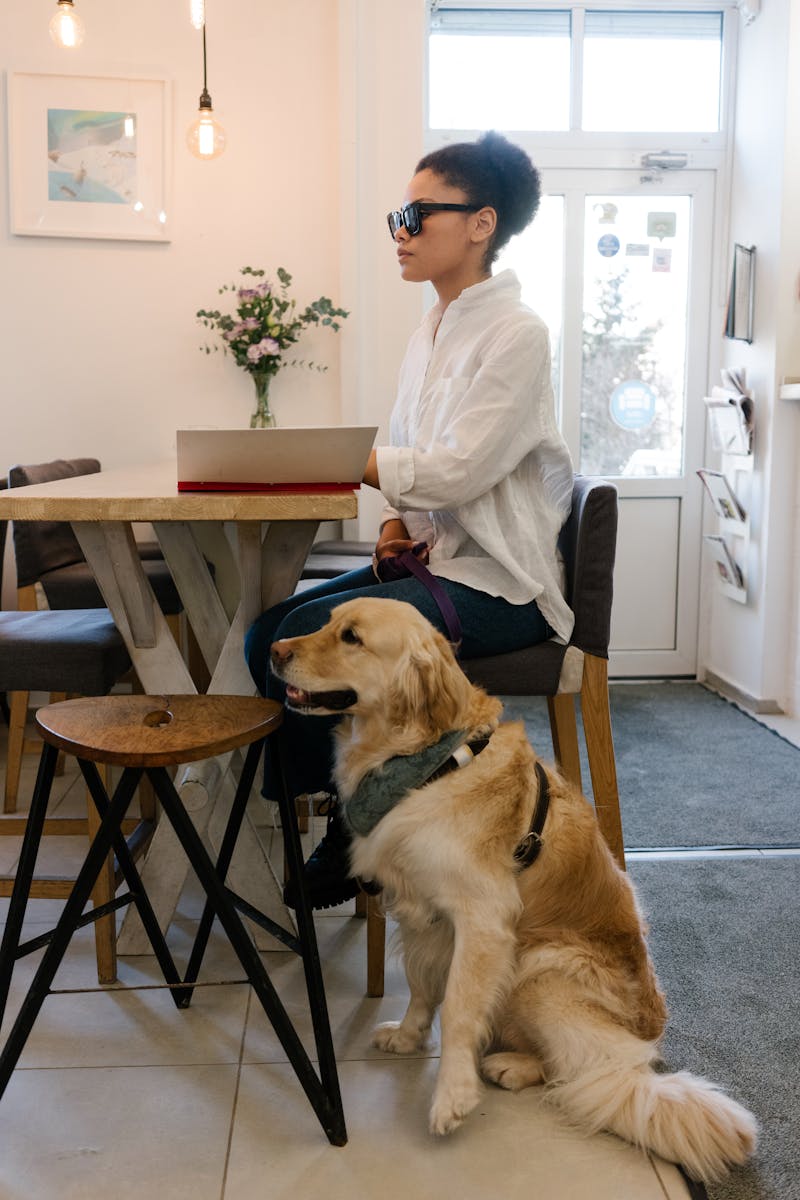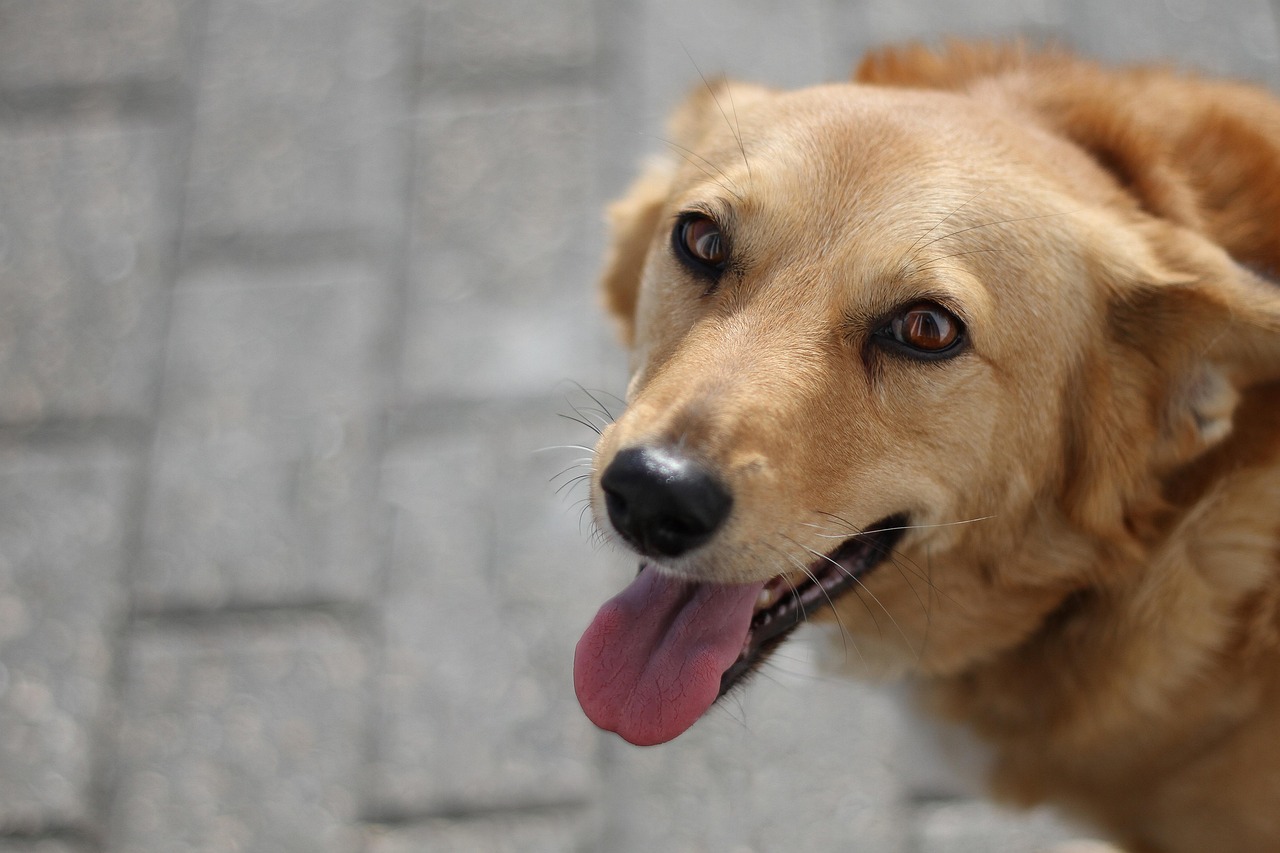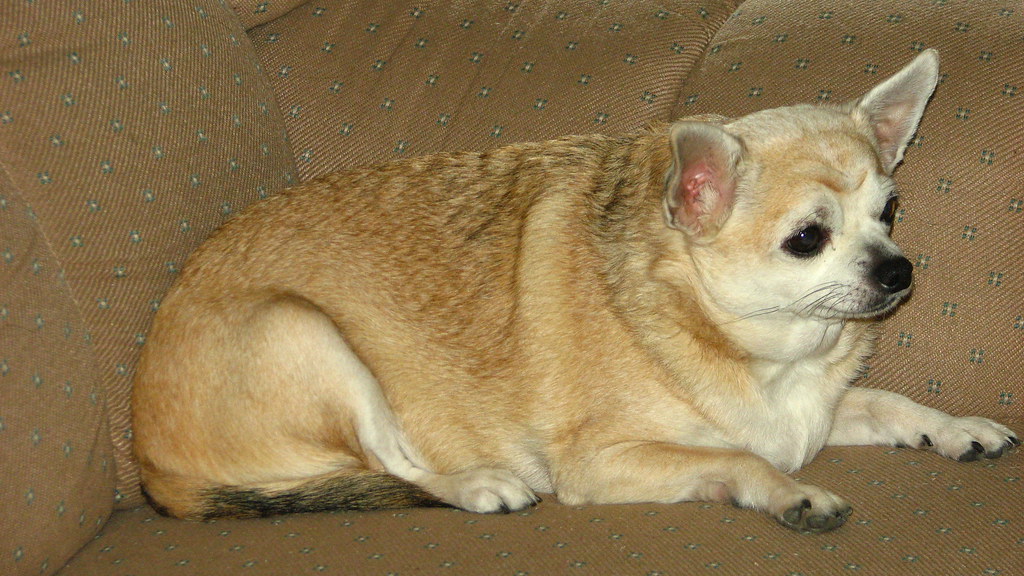Effective Techniques for House Training Your Puppy
Bringing a new puppy into your home is an exhilarating adventure filled with love, laughter, and sometimes a little chaos. One of the most crucial steps in welcoming your furry friend is house training. Not only does effective house training help maintain a clean home, but it also ensures that your puppy feels secure and comfortable in their new environment. In this comprehensive guide, we’ll explore effective techniques to help you successfully house train your puppy, ensuring a harmonious relationship between you and your new companion.
Understanding Your Puppy’s Needs
Before diving into specific training techniques, it’s vital to understand your puppy’s natural instincts and needs. Puppies have small bladders and typically require more frequent bathroom breaks than adult dogs.
- Frequency: A useful rule of thumb is that puppies can hold their bladders for about one hour per month of age. For example, a three-month-old puppy can generally hold it for about three hours.
- Signs: Familiarize yourself with the behaviors that indicate your puppy needs to go outside. Common signs include sniffing around, circling, whining, or heading toward the door.
By recognizing these signals early, you’ll be better equipped to prevent indoor accidents and aid your puppy in effectively learning where it’s appropriate to relieve themselves.
Establishing a Routine
Consistency is key in house training. Establishing a routine helps your puppy learn when and where they should relieve themselves, making the process smoother for both of you.
- Regular Schedule: Make sure to take your puppy outside first thing in the morning, after meals, after playtime, before bed, and approximately every two hours during the day.
- Designated Spot: Choose a specific outdoor area for your puppy to use consistently. This will help reinforce their understanding of where they should go.
By adhering to this schedule while remaining flexible enough to accommodate changes, like playdates or unexpected vet visits, you’ll greatly increase your chances of successful potty training!
Positive Reinforcement Techniques
Positive reinforcement is one of the most effective methods for teaching any dog behavior, including house training. This approach encourages desired behaviors without instilling fear or anxiety associated with punitive methods.
- Immediate Praise: When your puppy successfully goes potty outside in the designated area, immediately praise them with enthusiastic words like “Good boy/girl!” and follow up with a treat.
- Consistent Rewards: Begin with high-value treats (like small pieces of chicken) to reward them until they understand the behavior. Gradually reduce frequency while still providing verbal praise consistently.
This approach fosters trust between you and your puppy while effectively reinforcing desired behaviors. Your puppy will learn to associate going potty outside with positive outcomes, making them more likely to repeat the behavior in the future.
Managing Accidents Calmly
Accidents are a natural part of the house-training process. It’s essential to handle these situations calmly to avoid instilling fear or anxiety in your puppy.
- Don’t Punish: If you catch your puppy in the act indoors, calmly interrupt them by saying “outside” in a firm yet gentle voice. Lead them outside to ensure they can finish properly in the right place.
- Clean Thoroughly: Use enzymatic cleaners specifically designed for pet messes, as regular household cleaners may not completely eliminate odors. If your puppy smells their previous accidents, it may encourage them to return to those spots.
Maintaining composure shows your puppy that accidents are a part of the learning process, and your patience is essential in creating a loving and reliable environment.
Patience Is Key
Lastly, remember that every puppy learns at its own pace! Some might pick up commands and routines quickly, while others may need extra time before mastering expected behaviors.
- Celebrate Small Wins: Celebrate every success along the way, even if progress seems minor. Whether it’s your puppy going longer periods without accidents or consistently using the designated spot, every milestone matters.
Understanding and adapting to your puppy’s individual learning style can alleviate feelings of frustration over perceived setbacks. Patience and understanding lead to smoother transitions and create a stronger bond between you and your new pet.
Conclusion: Your Path to a Well-Trained Companion
House training your puppy can be a challenging yet incredibly rewarding journey. By understanding your puppy’s needs, establishing a consistent routine, employing positive reinforcement techniques, managing accidents thoughtfully, and exercising patience, you’ll pave the way for a successful training experience.
In summary, here’s what you should remember:
- Recognize your puppy’s signals to prevent accidents.
- Stick to a consistent potty schedule.
- Use positive reinforcement to encourage proper behavior.
- Handle accidents calmly and thoroughly.
- Be patient and celebrate the small victories.
Ultimately, the goal is not just a clean home but a happy, well-adjusted puppy. You’ll soon enjoy the presence of a well-trained companion who knows how to behave comfortably indoors and enriches your home life with joy.
news via inbox
Nulla turp dis cursus. Integer liberos euismod pretium faucibua

